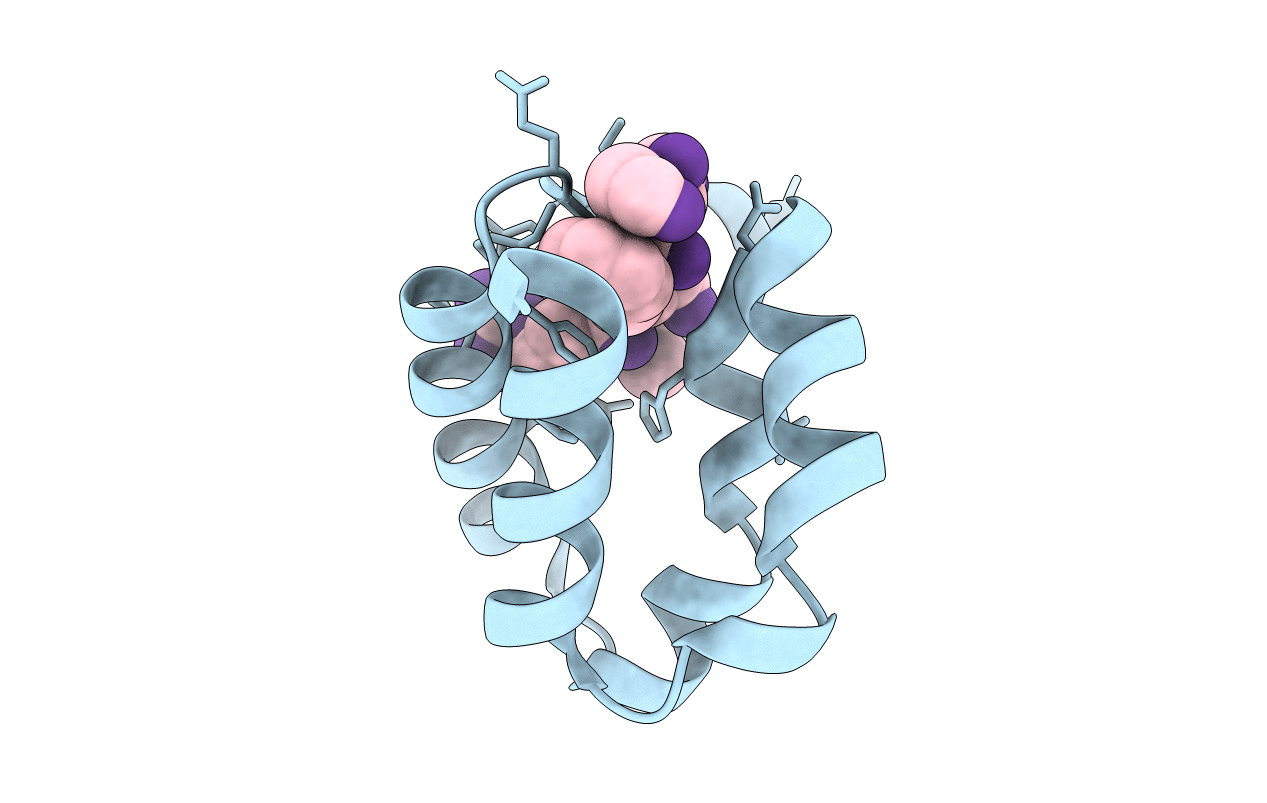
Deposition Date
2014-11-30
Release Date
2015-06-03
Last Version Date
2024-11-06
Entry Detail
PDB ID:
4X3I
Keywords:
Title:
The crystal structure of Arc N-lobe complexed with CAMK2A fragment
Biological Source:
Source Organism:
Rattus norvegicus (Taxon ID: 10116)
Mus musculus (Taxon ID: 10090)
Mus musculus (Taxon ID: 10090)
Host Organism:
Method Details:
Experimental Method:
Resolution:
1.80 Å
R-Value Free:
0.20
R-Value Work:
0.19
R-Value Observed:
0.19
Space Group:
P 65


